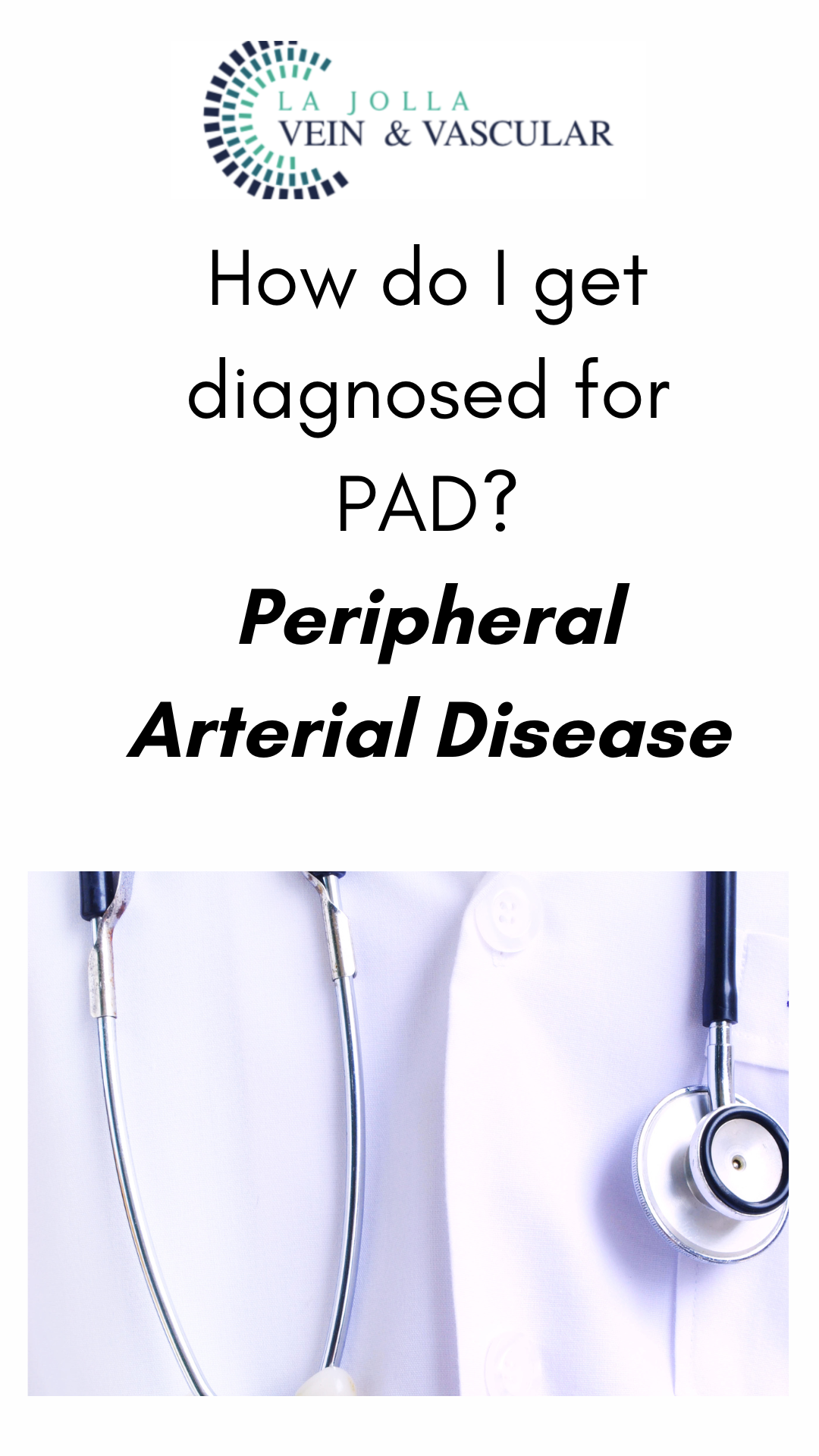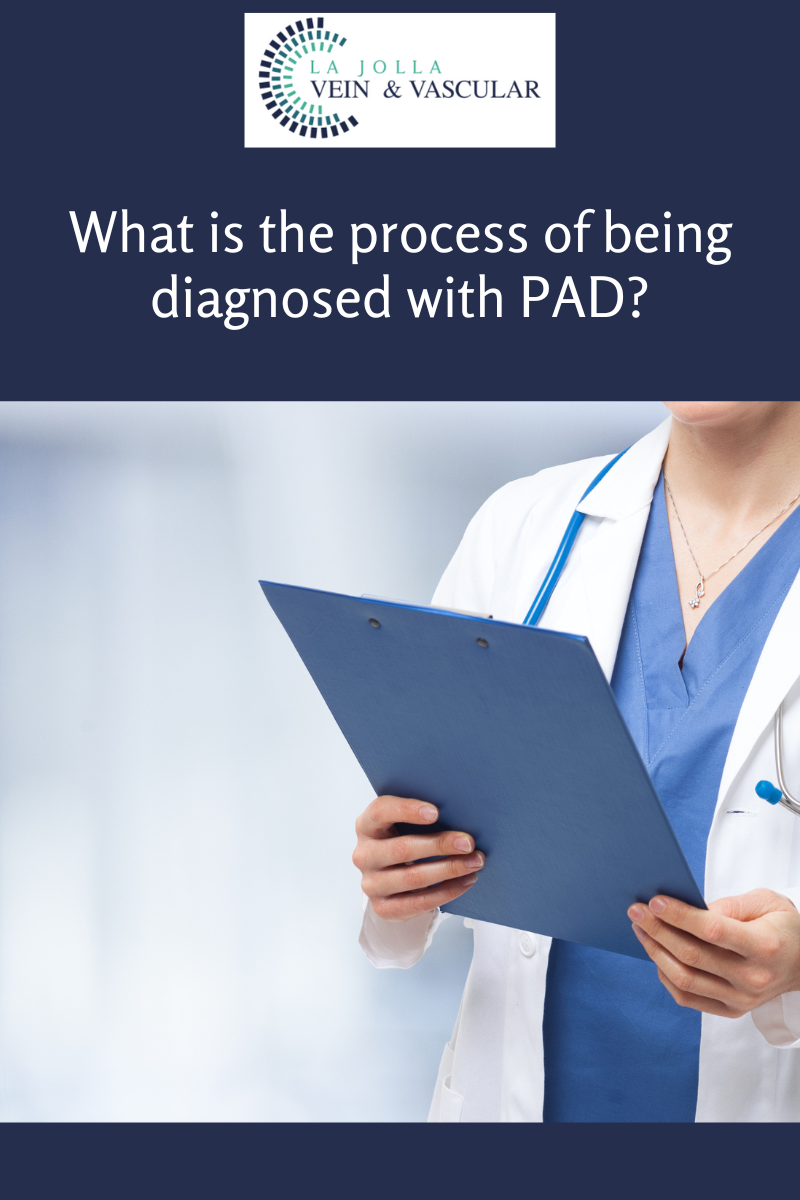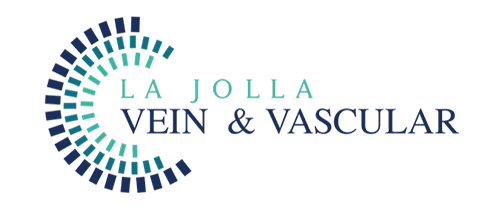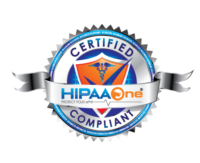How do I get diagnosed for PAD?
LJVascular2024-05-14T02:30:21-07:00Peripheral Artery Disease (PAD) affects a substantial portion of individuals aged over 50. While not everyone with PAD needs vascular procedures, recognizing the importance of accurate diagnosis and proactive management is key to minimizing risks and ensuring a healthier life. This article aims to unravel the complexities of PAD, exploring its symptoms, causes, […]





